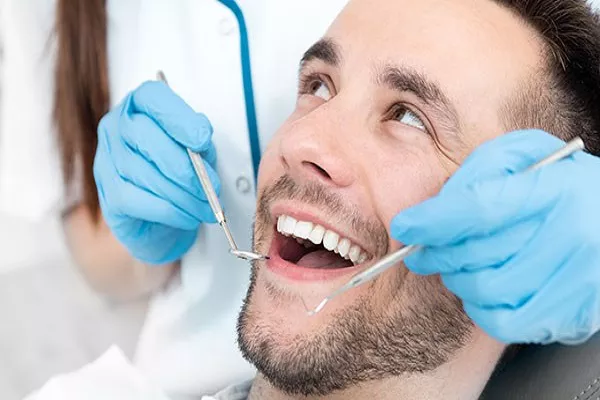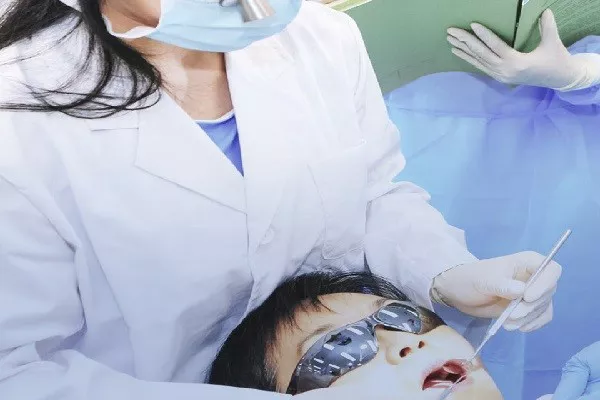Orthodontic treatment is a dental procedure that can significantly improve the appearance, function, and health of your teeth. It involves the use of braces, aligners, or other orthodontic appliances to straighten crooked teeth, correct bite problems, and improve overall dental alignment. While orthodontic treatment offers numerous benefits, it’s essential to identify which outcomes are not considered objectives of ideal orthodontic treatment.
In this article, we will explore the non-objectives of orthodontic treatment and why they should be considered when deciding on an orthodontic procedure.
Perfectly Straight Teeth
Although straightening crooked teeth is one of the primary objectives of orthodontic treatment, achieving perfectly straight teeth may not always be a realistic goal. Every patient has unique dental anatomy, and some individuals may have more complex dental issues that cannot be fully corrected by orthodontic treatment alone.
Moreover, over-straightening teeth can lead to periodontal problems, such as bone loss and gum recession. Therefore, an ideal orthodontic treatment aims for a functional and esthetically pleasing result, rather than perfection.
Sub-points:
- Some individuals may require additional dental procedures to achieve optimal results, such as jaw surgery or restorative dentistry.
- Over-straightening teeth can lead to periodontal problems, such as bone loss and gum recession.
- An ideal orthodontic treatment aims for a functional and esthetically pleasing result, rather than perfection.
Fast Treatment Time
Orthodontic treatment can take several months to several years to achieve the desired outcome. However, some patients may prioritize fast treatment time over the quality of treatment, leading them to seek out unproven, potentially harmful solutions.
Quick fix orthodontic treatments such as DIY braces or mail-order aligners can lead to incorrect dental movements, tooth loss, and even cause irreversible damage to teeth and gums. Therefore, an ideal orthodontic treatment aims for a balance between treatment time and quality.
Sub-Points:
- Quick-fix orthodontic treatments can lead to incorrect dental movements, tooth loss, and even cause irreversible damage to teeth and gums.
- An ideal orthodontic treatment aims for a balance between treatment time and quality.
- Patients should prioritize quality of treatment over fast treatment time.
Orthodontic Treatment for Everyone
While orthodontic treatment is a viable option for many individuals, not everyone may be an ideal candidate. Some individuals may have underlying dental issues that need to be addressed before orthodontic treatment can commence, while others may have medical conditions that prevent them from undergoing orthodontic treatment altogether.
Moreover, some patients may have unrealistic expectations regarding the outcome of orthodontic treatment. Therefore, it’s essential to assess a patient’s dental health, medical history, and expectations before recommending orthodontic treatment.
Sub-Points:
- Not everyone may be an ideal candidate for orthodontic treatment.
- Some individuals may have underlying dental issues that need to be addressed before orthodontic treatment can commence.
- Some patients may have unrealistic expectations regarding the outcome of orthodontic treatment.
One-size-fits-all Approach
Orthodontic treatment involves several techniques and appliances that are tailored to each patient’s unique dental anatomy and needs. Therefore, a one-size-fits-all approach to orthodontic treatment may not yield optimal results.
It’s crucial to work with a qualified orthodontist who will evaluate your dental health, medical history, and lifestyle to design a customized treatment plan that addresses your specific dental concerns.
Sub-Points:
- Orthodontic treatment involves several techniques and appliances that are tailored to each patient’s unique dental anatomy and needs.
- A one-size-fits-all approach to orthodontic treatment may not yield optimal results.
- It’s crucial to work with a qualified orthodontist who will evaluate your dental health, medical history, and lifestyle to design a customized treatment plan.
Conclusion
Orthodontic treatment can offer numerous benefits, including improved dental function, better oral hygiene, and enhanced self-confidence. However, it’s essential to identify the non-objectives of orthodontic treatment to ensure that patients have realistic expectations and receive the best possible care.
By understanding the non-objectives of orthodontic treatment, patients can make informed decisions about their dental health and choose an orthodontic treatment that will address their specific dental concerns while preserving the health and integrity of their teeth and gums.
Related Topics:






























